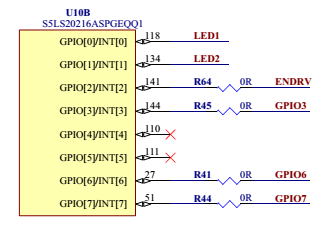Hi,
This is in continuation of my previous post in PMIC forum,
I’ve run the watchdog function in diagnostic state but the watchdog fail count hasn't come down to 0.
The WD_FAIL_CNT has this sequence: 67777777776777777777
Do you have any idea on why this problem may happen?
Thanks,
Fatemeh


